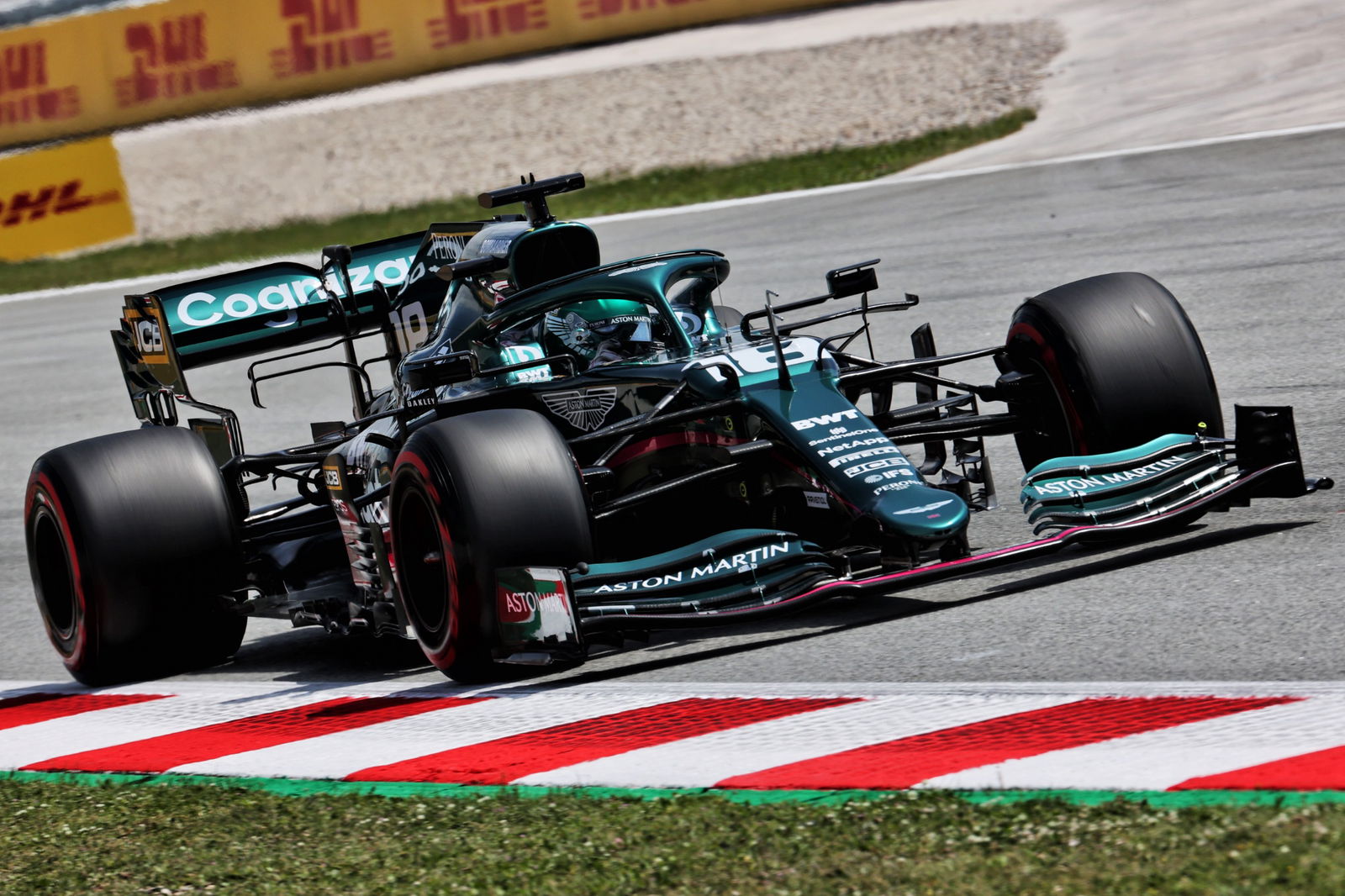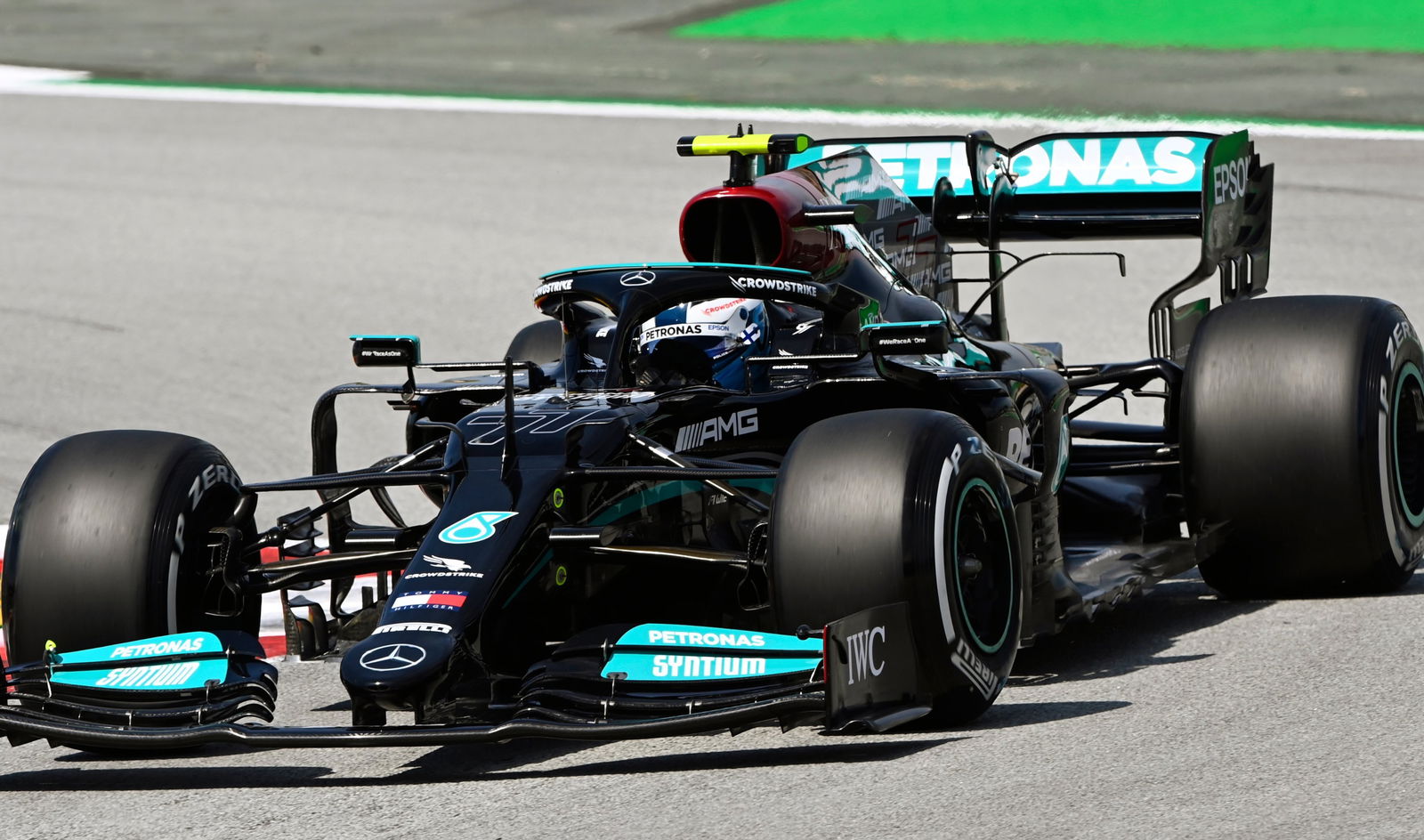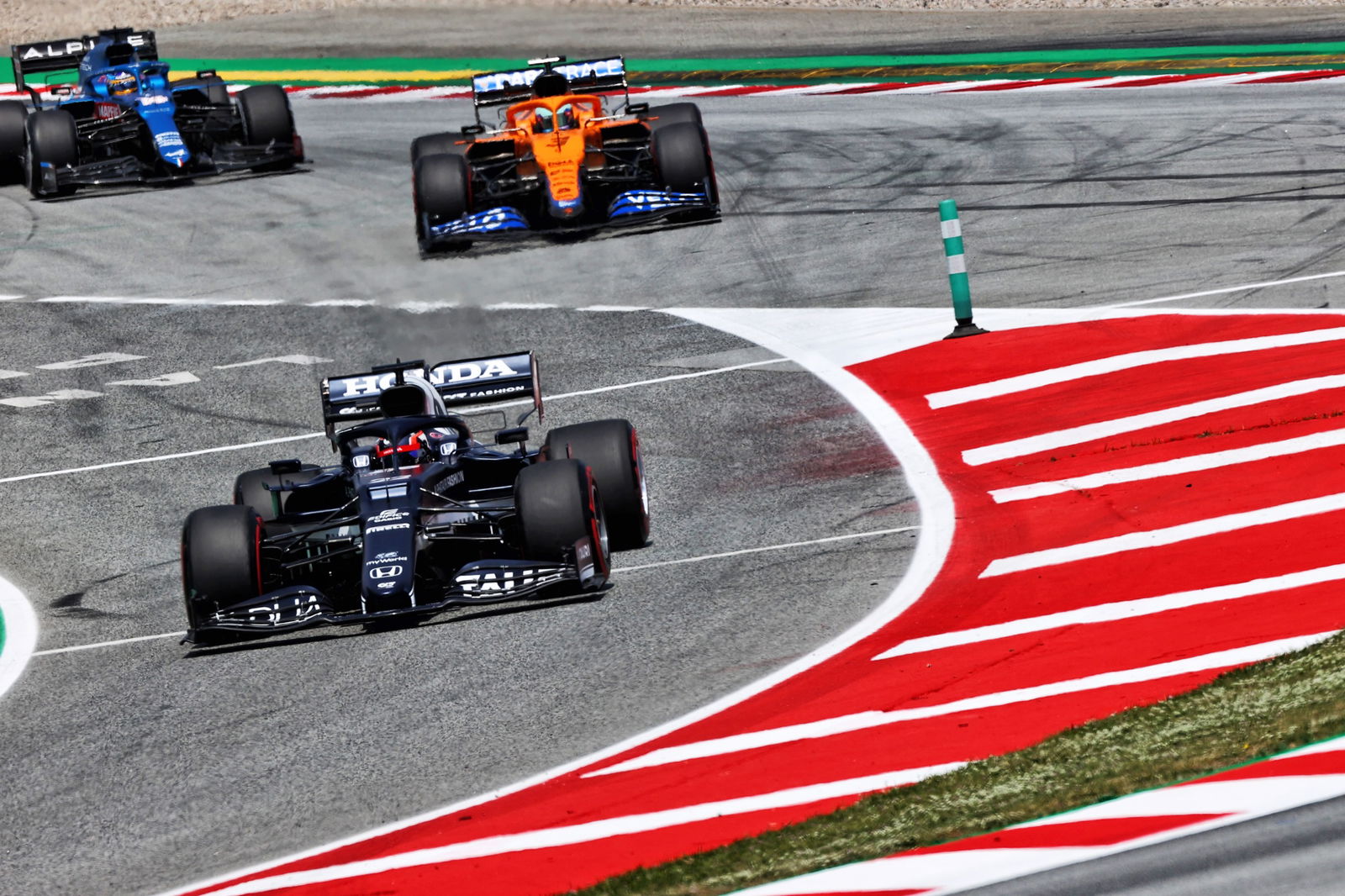Aston Martin: Mercedes losing 30s to Red Bull shows F1 rules hurt low-rake cars

The Silverstone-based outfit favours a low-rake concept and claims it has suffered more than most of its rivals as a result of the aerodynamic regulations introduced for 2021.
Mercedes also runs a lower rake in contrast to the likes of Red Bull, which has opted for a high-rake philosophy for many years.
And Aston Martin team boss Otmar Szafnauer argues the impact of the changes can be seen in how close Red Bull is to Mercedes this year compared to 2020.
“If you just look at the last race, without the [final] pit stops for Mercedes, for example, I think Lewis was 34 seconds ahead of Max at last year’s Portimao,” Szafnauer said.
“Had they not had the pit stops at the end to try to get the fastest lap I think this year there was four seconds in it. So they lost 30 seconds in one race to a Red Bull.
“And we too, if you look at our times where we finished, we too were about 30 seconds behind where we were last year. Look at the first three races, look at both qualifying, as well as race results.”
Szafnauer revealed Aston Martin initially recognised that the rule changes could hurt low rake cars last summer.
"We developed a high-rake car for many, many years since the high-rake concept started with the blown floor,” he explained. “And we were the only one to change from a high-rake concept to a low-rake.

“So we’ve got the ability internally through both CFD and doing tunnel runs, as well as the experience of both, to have a look at the changes and be able to determine if it is more detrimental to one philosophy than the other. Which is exactly what we did and exactly what we brought up in August of last year and we, I think, were proven correct.”
The changes were introduced in an attempt to cut downforce levels and slow the cars down to prevent similar tyre blow-outs to the ones seen at last year’s British Grand Prix.
Szafnauer claims alternative ways to slow the cars were rejected by F1 despite three teams voting against the floor tweaks during an indicative site at the Technical Advisory Committee, with the current changes pushed through on Safety Grounds.
“We objected on the basis that they [the rules] were more favourable to high-rake cars,” he said. “We objected to that and then proposed other regulations which would be more equal.
“We proposed to not have the second changes made. The changes came in succession and we thought the first change that was applied was enough to slow the cars. So we suggested to just keep it there.
“But there are other solutions that were proposed, and not by us but early on. I’ll give you an example, of reducing the rear wing size, and that would have affected everybody equally, but that wasn’t chosen.”
Szafnauer revealed Aston Martin has made “good progress” following talks with the FIA over the matter, having initially stressed the team wanted the regulation changes to be reverted.
“We had good discussions with the FIA to understand the process and how we got to where we got to,” he added. “The discussions have almost come to an end. I think we made good progress to have an understanding of what transpired.”


